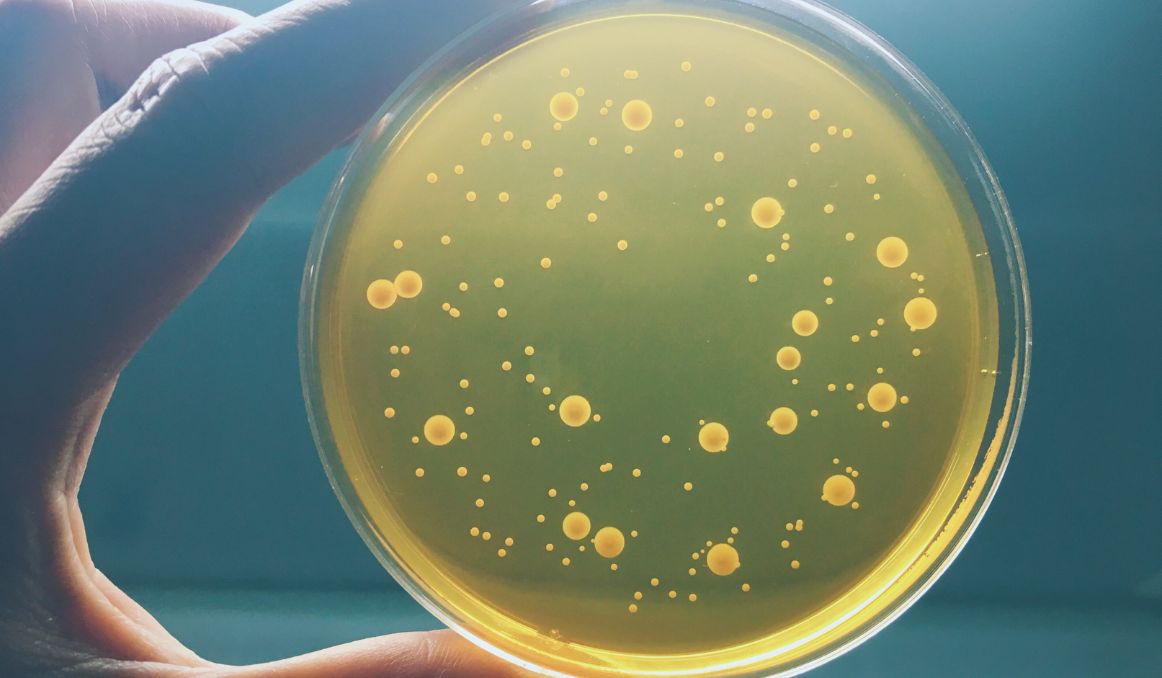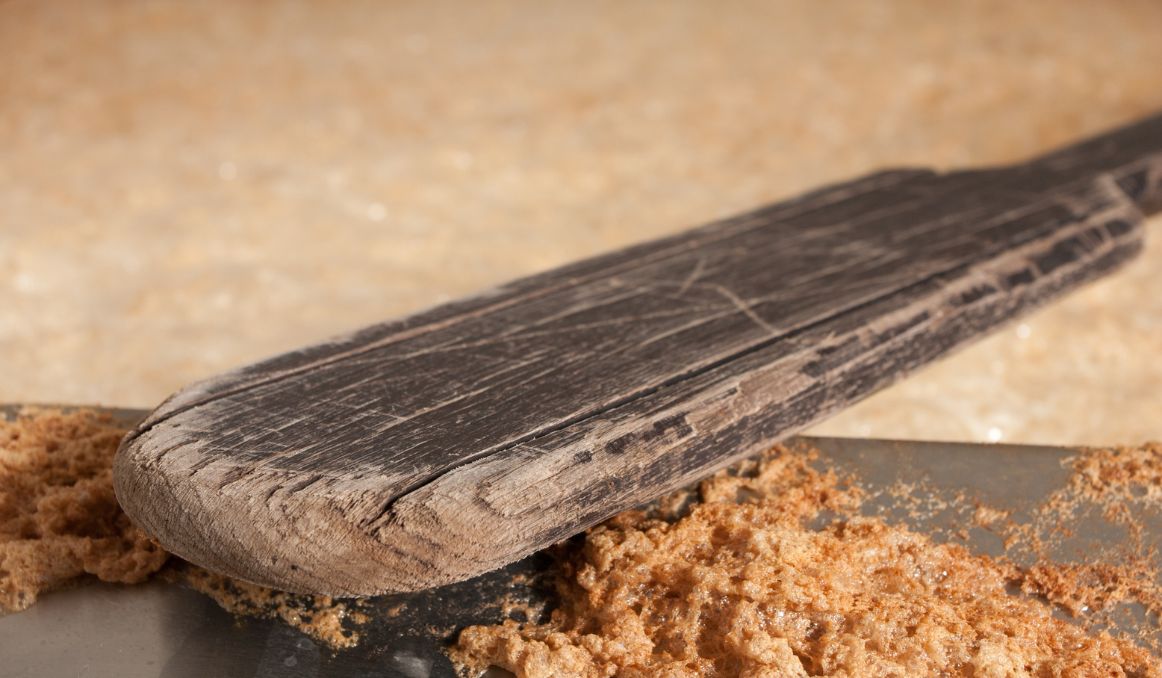Common Beer Spoilage Bacteria
For any brewer, common beer spoilage bacteria must be a concern. You have worked long and hard to master your craft, and you don’t want an entire batch of beer ruined because of an unwanted microorganism or two.
But how does this beer spoilage even happen? What is it? And how can you prevent it?
What Is Beer Spoilage?

Beer spoilage is the term we use for any unwanted microorganisms in beer, anything from wild strains of yeast, even Saccharomyces cerevisiae (which is brewer’s yeast) to bacteria like Lactobacillus or Pediococcus, both of which can be used effectively to make sour beer or might be highly undesirable, depending on the brewer’s preference.
It all comes down to what the brewer is hoping for.
Realize that hundreds of years ago, and for thousands of years before that, brewers mostly had to make do with what they got. Yeast and bacteria commonly attracted to the wort for fermentation, and brewers ended up with a slightly sour, safe to drink, frothy beverage with surprising notes of citrus, nuttiness, florals, and more.
It was a mixed bag.
Brewers were responsible for keeping their workspaces clean, and then hoping for the best.
Most of what they got would have been up to region, the temperature, and the added ingredients like hops.
What Are Yeast and Bacteria?
When stressing out about beer spoilage, it is helpful to remember that we’re dealing with yeast and bacteria, the two oldest forms of life on the planet.
Bacteria, one of the oldest signs of life on earth, is a single celled organism with tens of millions of species, most of which are harmless to humans, many of which are helpful to us, and only fewer than one hundred of which can actually hurt us.
Bacteria, in fact, are the foundation for all of life on the planet and seem to have also been responsible for the appearance of yeast.
In short, yeast and bacteria share a common ancestor, from which all life is believed to have evolved.
Both yeast and bacteria are commonly known to feed on sugar, which makes them highly attracted to beer.
What Is Beer Spoilage Bacteria?
While beer spoilage can come from both yeast and bacteria, we commonly refer to beer spoilage as beer spoilage bacteria because it is the bacteria we are trying most to avoid.
Why?
Off flavors.
The most common beer spoilage bacteria are the aforementioned Lactobacillus and Pediococcus, which produce lactic acid in beer, which causes a sour effect.
This effect is highly sought after in sour beers like Lambics, but not so sought after in beers that should not be sour.
Strains of Lactobacillus can also produce undesirable compounds like hydrogen sulfide, which smells like rotten eggs, flavors like diacetyl, which tastes like buttered popcorn, and texture and attenuation rates issues.
Excess Pediococcus can produce a viscous beer, which makes it ropy and buttery as well.
Some newer bacteria invading breweries are Zymomonas, Pectinatus, and Megaspheaera, all of which produce unwanted flavors and aromas ranging from vinegar to sulfur.
Finally, Enterobacteriaceae will spoil your wort before it becomes beer, resulting in a finished product with an unexpected flavor profile.
Beer spoilage bacteria typically meets one of three categories: obligate, which means it always causes spoilage, potential, which means spoilage only sometimes occurs, or indirect, meaning it contaminates the original ingredients like the hops or the grain rather than the wort or the beer.
Can Harmful Bacteria Grow in Beer?

It is important to note that almost none of these beer spoilage bacteria, as well as the yeast will actually be harmful to your health.
Thanks to four factors, you can be sure 99.9% of the time that bacteria and yeast, while maybe unwanted, will not hurt you.
First, the alcohol in beer, even in low amounts, will kill off almost all potentially harmful microorganism, which is why beer has been the safest beverage for families for literal millennia.
Second, because of the way beer ferments, it allows for very little oxygen in the wort or beer, even in an open-air vessel as the carbon dioxide forms a kind of protective cover over the beer. This low oxygen content will strangle most harmful bacteria and yeast, keeping it from getting in.
The relatively low pH in beer, which means higher acid levels, will keep unwanted microorganisms out, kind of how your stomach acid keeps you safe.
And finally, the hops in beer are actually effective killers of beer spoilage bacteria.
So, while you may not want beer that smells like rotten eggs or tastes like buttered popcorn, you can at least be sure you, and your customers, will not get sick.
How Can You Prevent Beer Spoilage?
The best thing you can do to prevent beer spoilage bacteria and yeast from getting into your beer is to keep your environment and all of your equipment clean and sanitized.
Some highly resistant strains will survive the brewing process, so you want to help ensure they can’t get in there in the first place and force you to dump a batch of brew.
You can also make sure to regularly test your beer for spoilage using the latest PCR technology, at every stage of brewing.
Finally, you can add Nisin to your wort, which will help clean up any unwanted microorganisms, shown to be effective against more than 90% of beer spoilage.
As a bonus, if it is in your budget, you can run your beer through filtering equipment, called final stabilization equipment, which will remove both bacteria and yeast.
Cheers!
Passionate about the beer and/or wine making process? So are we! If you’re interested in finding out how you can use our technology to control fermentation and monitor your yeast, save work hours and improve the cost-efficiency of your business, drop us a line at [email protected] or check out our product pages:
- Oculyze BB 2.0 (Better Brewing) Yeast Cell Counter App + Hardware
- Oculyze FW (Fermentation Wine) Yeast Cell Counter App + Hardware
Also, you can now get access to a fully functional demo account to test your yeast via our Web App. Completely free of charge and with no commitment to purchase.
Sources:
- https://brewingscience.com/beer-spoilage-organisms/
- https://pubmed.ncbi.nlm.nih.gov/14623377/
- https://www.criticalprocess.com/hubfs/Application%20Summaries%20and%20Selection%20Guides/App_Summary-Assure_Beer_Quality-Remove_Spoilage_Bacteria.pdf
- https://abcnews.go.com/blogs/health/2013/03/14/can-homemade-booze-kill-you
- https://onlinelibrary.wiley.com/doi/pdf/10.1002/jib.233
Stay on top on important fermentation insights – subscribe to our monthly newsletter and receive a hand-picked selection of our most relevant articles straight to your inbox.
Never miss a beat and get real time updates with a new article each workday by subscribing our social media channels.
Instagram | Facebook | Twitter | YouTube


